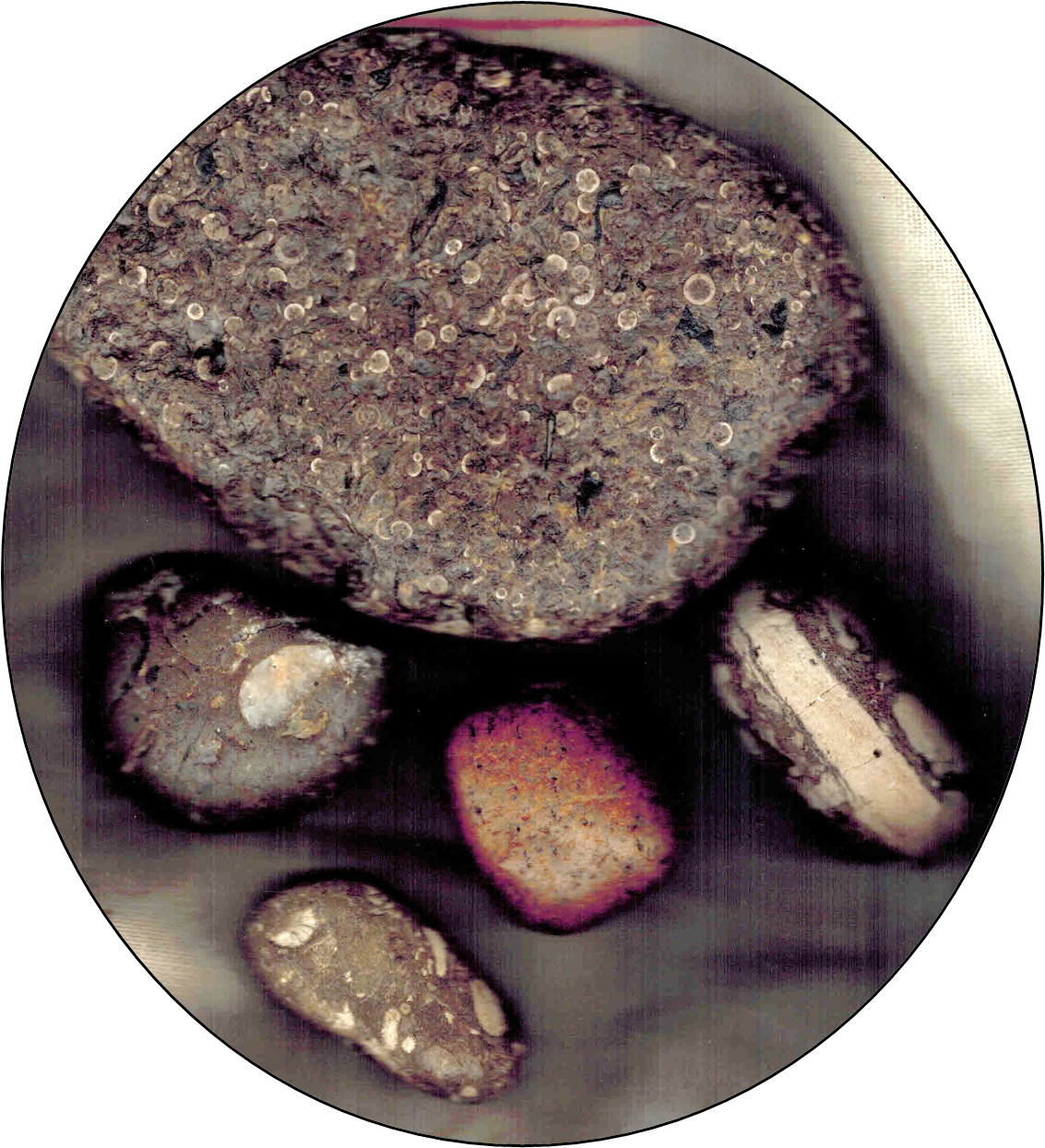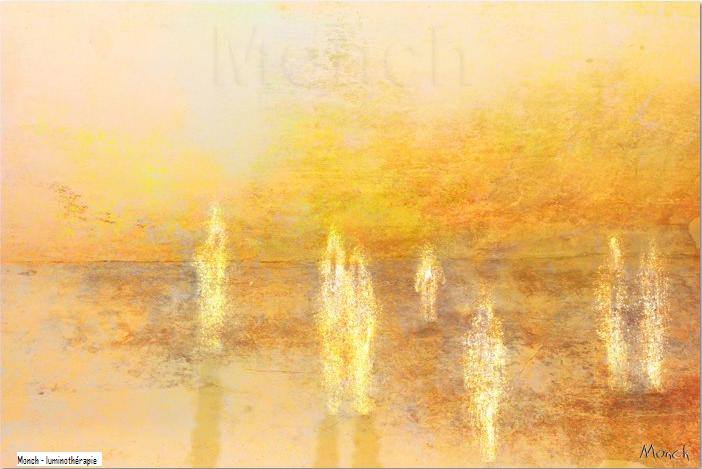The Oldest Thing in the Room

It was a cool October morning as I walked along the northern shore of Lake Ontario picking up a few rocks that caught my eye. They were not particularly beautiful or exceptional in any obvious way, yet I brought them home.
I contacted some rock and mineral enthusiasts that I had been quietly following on the internet and sent them the picture shown above. Several responded with moderate enthusiasm and courtesy, despite my “find” being well at the low end of a novice collector.
They told me I had found “fossil mud” or “death floor fossils”, and that the rings were remains of the broken stems of crinoids, likely from the Devonian period. From a quick reference book check, I learned that the Devonian period dates back to about 400 million years ago and is also known as the “Age of Fishes”.
Somehow having in my hand something that lived millions of years ago was strangely appealing, and handling it almost demanded a sense of reverence. Think on it: These tiny creatures lived and swam in a world so very long ago, so very different from where we are now. Yet here they remained, encased in mud become rock, silently rolling along the dark bottom of Lake Ontario, and finally coming up onto the shore, and now on my kitchen table.
Crinoids still exist today, but my crinoids are only tiny remains of their ancient broken stems. The name “crinoid” comes from the Greek meaning “like a lily”, and the stalked variety are truly sea lilies. They were part of reef communities, similar to starfish, urchins and sea cucumbers. Feeding by filtering water, they were mobile creatures, able to swim or even walk in a fashion (think Triffids). They were either male or female (this sounds obvious, but similar marine creatures can be hermaphrodites), and so would come together in their fashion, breed and multiply.
Pictures of living crinoids and of artists’ conceptions of ancient ones are breathtakingly beautiful. They seem lightly and exquisitely feathered, and one can imagine colonies swaying gently in the currents of the lake, or clinging tenaciously to their reefs during storms and rough tides. I also imagine them gently wafting through the waters, settling here and there, moving gracefully in the filtered light from above.
My little crinoid stems are forever broken. They died millions of years ago, and lay strewn along the bottom of the lake, enduring warmth of an overheated prehistoric world and being crushed under the unimaginable weight of the glaciers to become one with the mud turned into rock. Then just so recently, these small bones made a short journey to my kitchen table.
I hold all five stones in my hand, one by one. They are cool[1] and smooth to the touch, and all the edges are worn to silkiness. They have an odd weight to them, a sense of substance, and fit comfortably in my closed palm. The brownish one feels definitely warmer, but it does not contain any fossils that I can see. It appears to be tumbled sandstone.
There are still miracles to be found; one just has to look at what seems ordinary and unremarkable to uncover the visible remains of a world otherwise so far away.
[1] A possible answer from a rock enthusiast: “Since the thermal conductivity for stone is high, the heat will move quickly through the stone and away from you, similar to how running water flows through a funnel faster than it would through a sponge. The sense of coolness that you feel happens because the heat is flowing out of your body and through the stone.”
Would you like to read other posts? If so, please click the Home Page link below:

You, Dear Reader, are much needed and appreciated.
Everything written requires a reader to make it whole. The writer begins, then you, dear reader, take in the idea and its image, and so become the continuation of its breath. Please subscribe so that my words can breathe. Consider this my hand, reaching out to yours.
